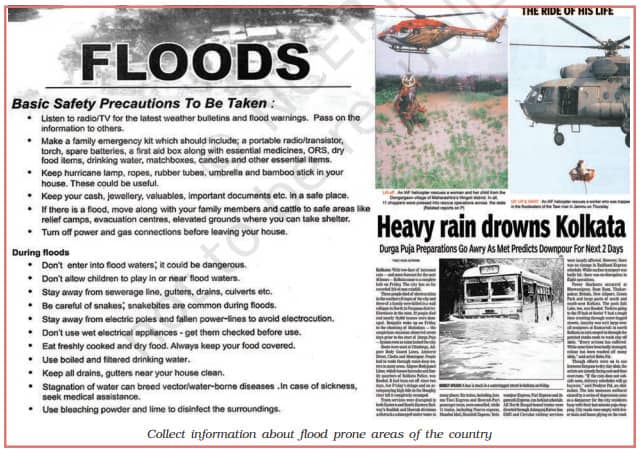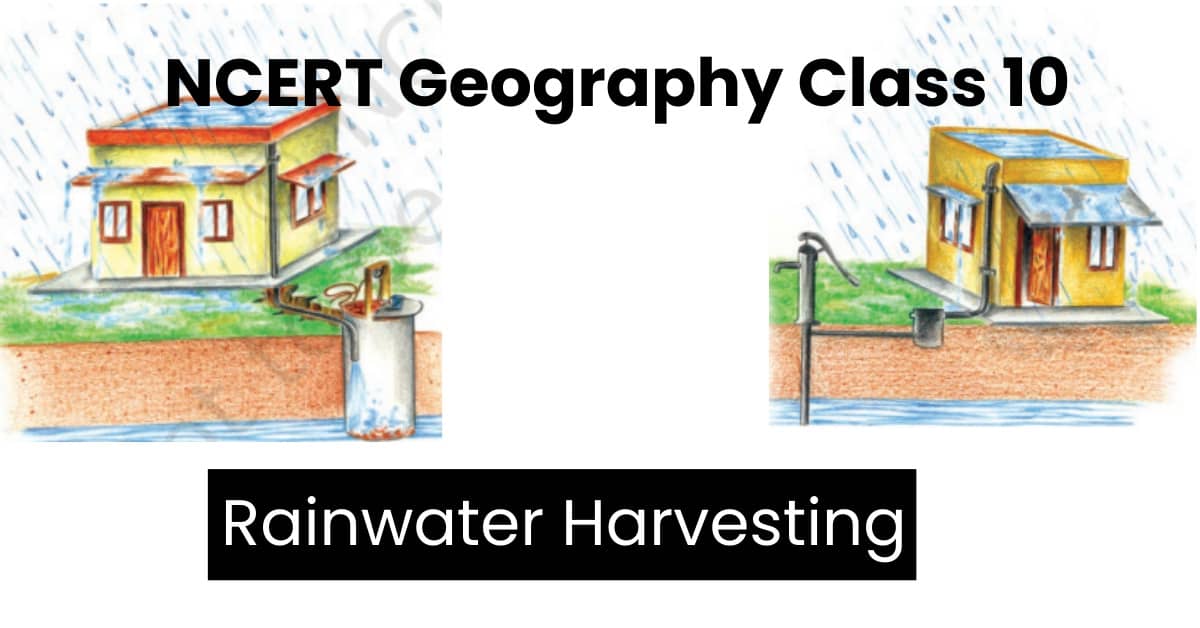NCERT Geography Class 10 | Rainwater Harvesting
Topic & sub-topics covered: Rainwater Harvesting and MCQs Questions: Water Resources (All single detail notes are exam-oriented).
We have discussed in-depth and exam-oriented pointers that can be asked in the board exam of class 10th about “Rainwater Harvesting” from the NCERT Geography notes for class 10th chapter 3rd “Water Resources“.
Download the NCERT Geography for Class 10th Chapter 3 Water Resources PDF
Looking for the NCERT Geography Class 10 Chapter 3: Water Resources PDF? Download it here to explore a comprehensive guide to one of the most crucial resources for life – water. This chapter dives into topics like the distribution of water resources, the need for water conservation, and sustainable management practices. Whether preparing for exams or simply brushing up on your knowledge, the NCERT textbook ensures clarity and accuracy.
NCERT Geography Class 10th Chapter 3 Water Resources PDF Notes
This easy-to-download PDF is perfect for students aiming to excel in their studies and understand the importance of water in everyday life. Convenient, accessible, and highly informative, it’s your one-stop solution to ace Geography while learning critical environmental concepts. Get started now!
Rainwater Harvesting

Ancient Water Harvesting Practices in India
1. Knowledge of Local Ecology:
- Ancient Indians developed techniques based on rainfall regimes, soil types, and ecological conditions.
2. Regional Techniques:
- Western Himalayas: Diversion channels like guls or kuls for agriculture.
- Rajasthan: Rooftop rainwater harvesting and rain-fed storage structures like khadins (Jaisalmer) and johads.
- Bengal: Inundation channels for irrigation in floodplains.
3. Arid and Semi-Arid Rajasthan:
- Tankas in Bikaner, Phalodi, and Barmer:
a. Underground tanks connected to sloping roofs via pipes.
b. Rainwater collected after the first spell cleans the roof and pipes.
c. Stored water (palar pani) remains reliable during summer.
Modern Rooftop Rainwater Harvesting

1. Rooftop Rainwater Harvesting System (Steps):
- Water is collected using PVC pipes.
- Filtered using sand and bricks.
- Stored in an underground sump for immediate use; excess water recharges wells.
- Water was retrieved from wells later.
2. Advantages of Tankas:
- Provide cool underground rooms in summer.
- Reliable water source when other sources dry up.
Case Study: Gendathur Village, Mysuru
1. Rainwater Harvesting in Gendathur:
- About 200 households installed rooftop rainwater harvesting systems.
- Village receives 1,000 mm annual precipitation; 80% collection efficiency.
- Each house collects around 50,000 litres of water annually.
- Total rainwater harvested annually: 1,00,000 litres.
Changing Trends in Rajasthan
1. Decline of Rooftop Rainwater Harvesting:
- Water is available through the Indira Gandhi Canal.
- Some households still maintain tankas due to a preference for rainwater over tap water.

